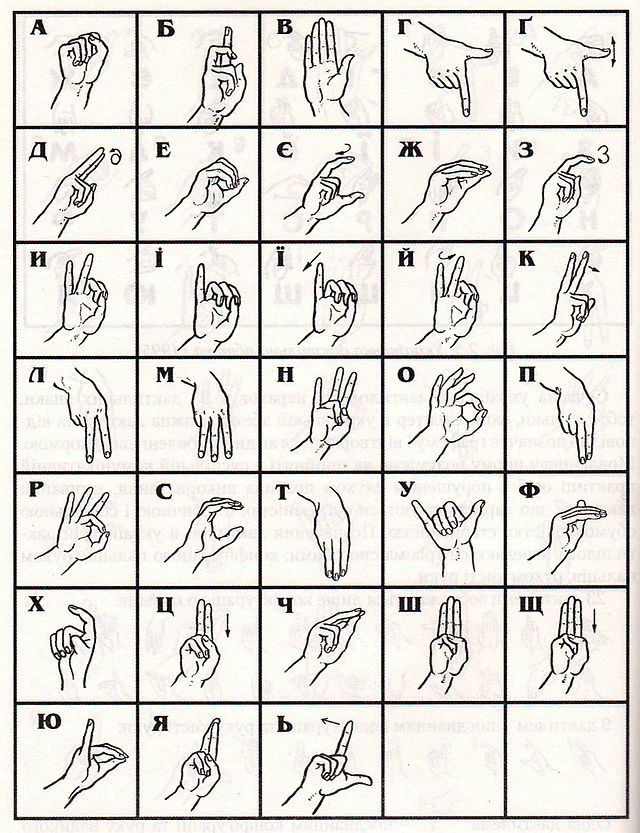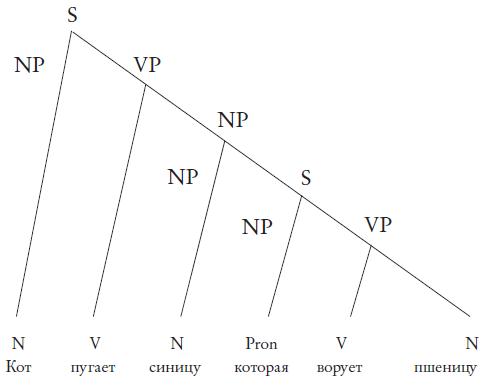Collection History The materials in this presentation comprise the illustrational (and, in selected cases, textual) content of nearly 100 published works dating from the period circa 1830 to 1935, although there are individual titles dating from the 18th century, as well as high-quality, limited edition 19th-century reprints of much earlier materials. The illustrations represent an equally broad variety of production techniques which range from wood block printing, engraving (some hand-colored) and etching, to lithography, chromolithography and photo offset printing.

Digital Collections Using Images Using Data. Collections Putevyia zapiski, vedennyia vo vremia prebyvaniia na Ionicheskikh ostrovakh, v Gretsii, Maloi Azii i Turtsii v 1835 godu. About E2C About us: The European Association of Cities, Institutions and Second Chance Schools is an international network organisation in the field of teaching or enabling young people with lack of skills or qualifications to successfully gain access to education programmes or to the labour market.

Thematically, these volumes are highly diverse. It is, in essence, a 'culturological' collection, documenting not only art and architecture, but also topics ranging from archaeological digs to typeface design and subway planning. It must be emphasized that the content of these albums is not strictly Eastern European. Russia was a globe-spanning Empire, and, like other great powers, sought to document the peoples, lands, and resources in its dominions. As a consequence, a large number of the volumes digitized here were produced within the borders of the Russian Empire and Eastern Europe, but concern places and subjects that are neither geographically nor ethnically Slavic or East European. For example, there are plate books concerning pre-Classical, Classical (Greek and Roman), Byzantine, Islamic, and Asian civilizations.
Human values and professional ethics by rr gaur pdf download. Once, one has understood his/ her values in life he/she can examine and control the various choices he/she makes in his/ her life. Value education is important to help everyone in improving the value system that he/she holds and puts it to use. It also helps remove our confusions and contradictions and enables us to rightly utilize the technological innovations. Value education enables us to understand our needs and visualize our goals correctly and also helps to remove our confusions and contradictions and bring harmony at all levels.
Russia's ethnographers, botanists, restorers, travelers, and archaeologists ranged all over the globe, documenting natural and man-made wonders wherever they occurred. One encounters, for example, illustrated 19th century travel accounts of the Ionian islands, Greece, and Turkey, architectural drawings of the Norman Palatine Chapel in Palermo, and the Russian Archeological Commission's work on Eastern silver. Origins The richness of the Russian and related materials is due to a happy coincidence of historical events. Free download monopoly here and now world edition full version for pc windows 7.
One of the parent collections of the NYPL was the Astor Library, founded in 1849 upon the personal collection of fur-trader and real estate mogul John Jacob Astor (1763-1848). Very well-funded by Astor's endowment and by the generosity of subsequent generations of his family, the Astor Library sought to be a universal, 'international' collection, and rapidly surpassed far older collections in quantity and diversity. Many of the significant plate volumes in the collections today--particularly those dealing with exploration, botany, and archaeology--still bear the book stamp of the Astor Library. Although materials in Cyrillic script were not yet a collecting priority, many Russian works came to the Astor and Lenox libraries during this period because of the leading role of Russian and Eastern European researchers in 19th century world scholarship.
The spreading fame of the collection attracted donations of material from writers and scholars from Eastern Europe, as well gifts from the Tsars themselves. Alexander II, for example, donated to the Library works on the archaeological exploration of prehistoric settlements in the Crimea, and a facsimile of the Codex Sinaiticus.